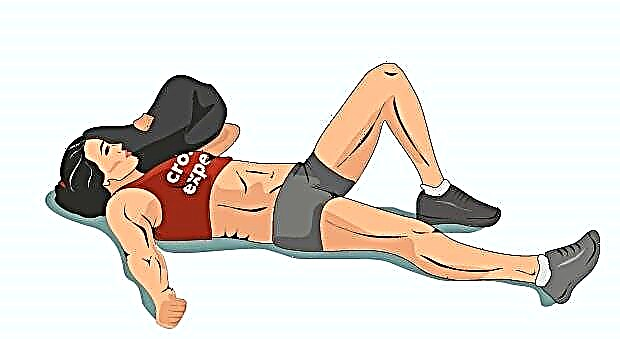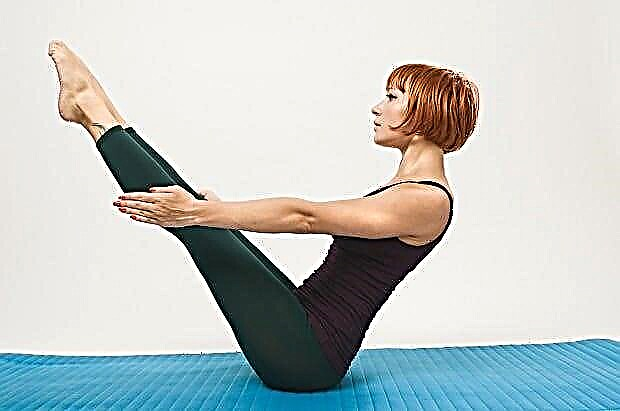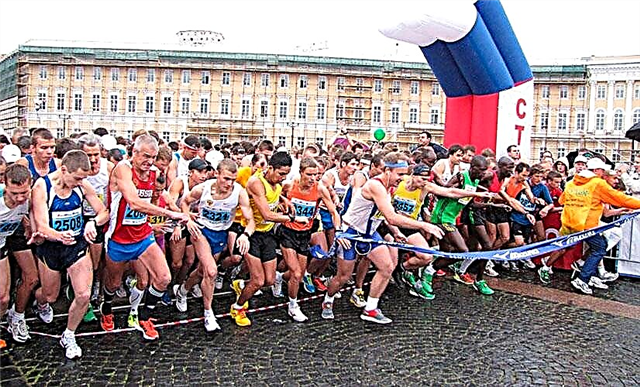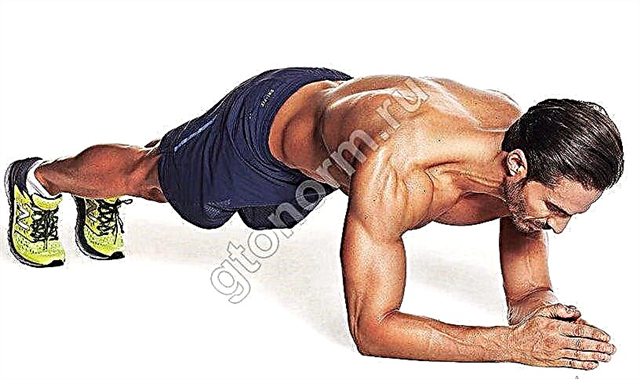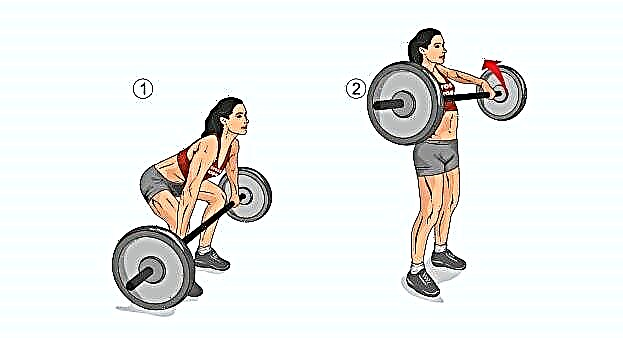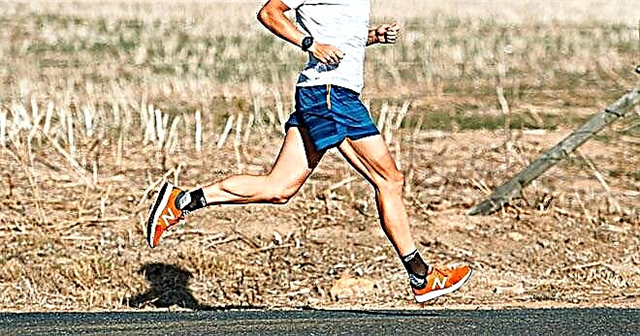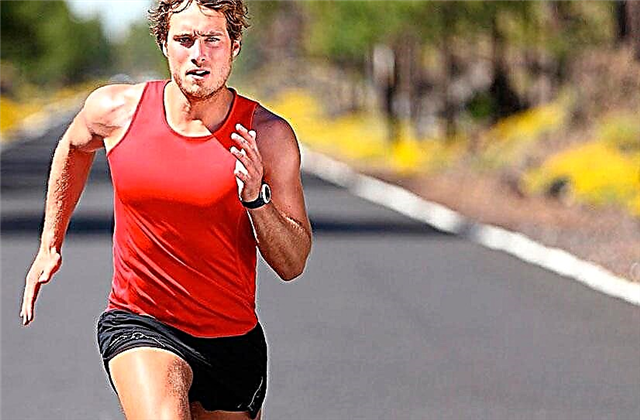CrossFit for Children is a functional type of training that develops strength, endurance, flexibility and coordination, adapted to the young age of the athlete. Crossfit is not yet very common among children under the age of 10-11, but recently many parents are increasingly thinking that their children lack strength and functional training. This has become one of the fundamental reasons why crossfit for children is gaining well-deserved popularity.
Of course, CrossFit for children is significantly different from activities for adults - fully formed, well-developed physically people, since there are a number of special age-related contraindications, for example, axial load on the spine or the achievement of anaerobic glycolysis. Before enrolling a child in functional training classes or any other section, it is necessary to consult a doctor about possible health risks and find a sufficiently qualified certified trainer with extensive experience working with children..
Crossfit for kids: benefit or harm?
The benefits of children's crossfit, despite the divergence of opinions of different experts, are still undeniable. Moderately intense exercises will help the child to gain good physical shape by increasing the overall strength of the body by exerting stress on individual muscle groups and improving the work of the musculoskeletal system, as well as developing endurance through regular cardio exercise and improving the work of the cardiovascular system.
If you observe the measure of the intensity of the training process, properly recover and train under the close attention of the instructor, functional training will not do any harm to the growing body.
CrossFit will give your child that strength and functional base that will be an excellent basis for further sporting success in any sport, be it swimming, football, athletics or martial arts.
Crossfit features for different ages
Of course, training volume and intensity will vary with age and fitness level. Conventionally, in children's crossfit, a division into two age groups is accepted: children 6-7 years old and children up to 10-11 years old (over 12 already belong to the age category of adolescents).
By the age of 11, the body becomes more adapted to strength work, so many coaches advise starting to work with a little additional weights, and not just doing exercises with your own weight - this way the desired result will be achieved much faster.
Age group 6-7 years old
Crossfit exercises for children 6-7 years old are less intense and strength in nature and, in fact, are a more advanced version of general physical fitness for this age group.
The basis of the program for children aged 6-7 years is various types of cardio, shuttle running, exercises performed with their own weight (push-ups, squats, etc.) and exercises for the development of abdominal muscles. As for work with additional weights, it is permissible to perform the "rowing" exercise, work with vertical and horizontal ropes.

© Elizaveta - stock.adobe.com
Age group up to 11 years old
CrossFit for kids ages 8 to 10-11 may be more anaerobic. The program can include the implementation of basic exercises with a barbell (bench press, lifting biceps), introduce relatively simple crossfit exercises into the training process (burpees, squats with jumping out, jumping on a box, throwing a ball against a wall, etc.).
To vary the load, you can perform exercises with a bag (sandbag), as well as various movements that require good coordination (push-ups in a handstand, pull-ups on a horizontal bar and on rings, lunges with body weight). By itself, the weight of the weights should be minimal, since at this age the articular-ligamentous apparatus has not yet been fully formed and is not ready for serious strength work.

© Aleksey - stock.adobe.com
Crossfit exercises for children
Below is a list of some of the exercises that are recommended for training kids by most children's coaches and sports and fitness experts.
Please note that younger children work exclusively with their own weight and cardio loads. Work with light extra weight is allowed no earlier than 11 years. But with the condition of constant monitoring by the coaches and with the permission of the doctor, who will assess the level of the child's physiological development and determine if there are any contraindications for additional physical activity.
The exercises are given without a description of the technique, since it does not differ in any way from the rules for performing the same exercises by adults, and you can find a description of each of them on our website.
Working with your own weight
So, let's take a look at some of the most popular exercises in the gymnastic category, in which young athletes work with their own weight, training muscles and developing strength:
- Push-ups are the most technically simple exercise for developing the pectoral muscles and triceps. It is better for children to start working with a reduced load, kneeling on the floor - this will strengthen most of the muscles of the torso and shoulder girdle, and also prepare the musculoskeletal system for heavier work.
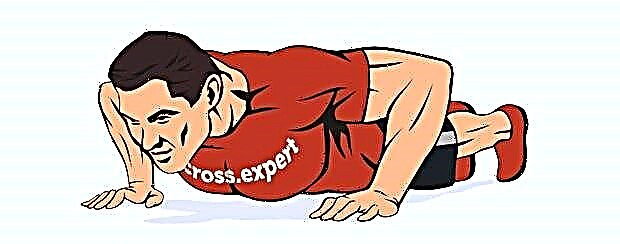
- Bodyweight air squats are the most anatomically comfortable exercise for a child's body to develop leg muscles. The benefits are obvious: developed legs increase strength and coordination, as well as improve posture.
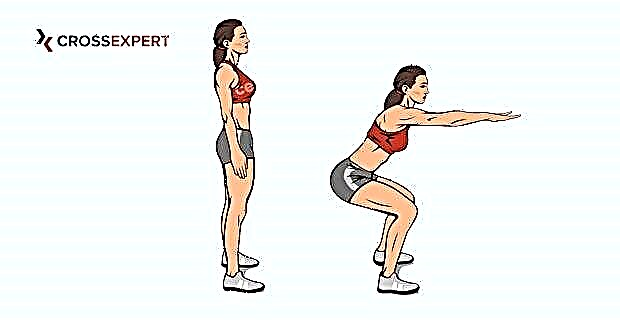
- Handstand push-ups are challenging but extremely effective exercise. It should be performed only if you are sure that the child does not have any eye diseases or cardiovascular system, as the intraocular and intracranial pressure increases significantly.
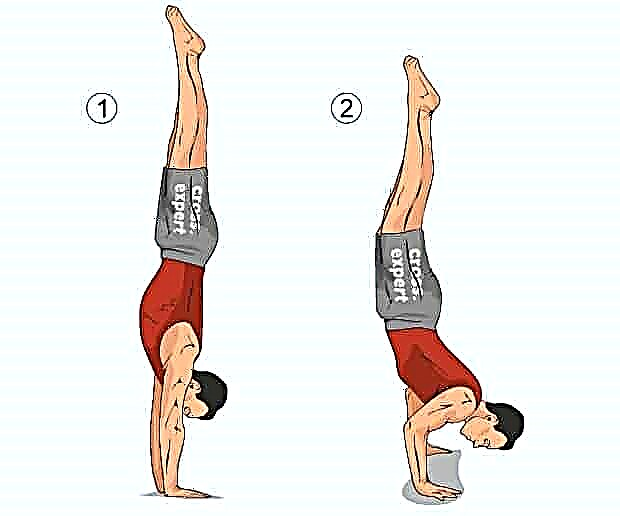
- Triceps bench push-ups are a basic exercise for developing triceps. Strong triceps from childhood will help you make it easier to do various pressing exercises as you grow older. You should start this exercise with your feet on the floor and not on a bench; this option is much better for children and beginners.
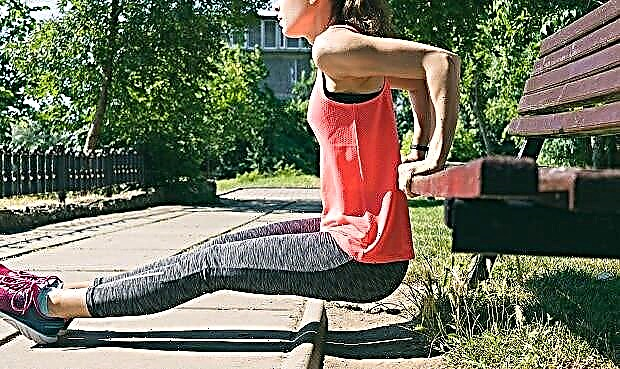
© progressman - stock.adobe.com
- Burpees and jumping squats are introductory exercises to anaerobic training. To perform burpees (taking an emphasis while lying down, push-ups and jumping upwards with a clap over your head) should be started at a pace that is comfortable for the child, you should not rely on the intensity and number of repetitions, initially you need to set the correct technique. A similar story is with the jump squat.
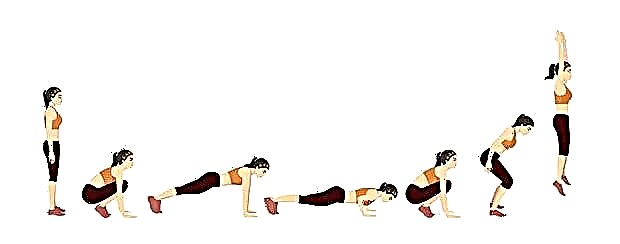
© logo3in1 - stock.adobe.com
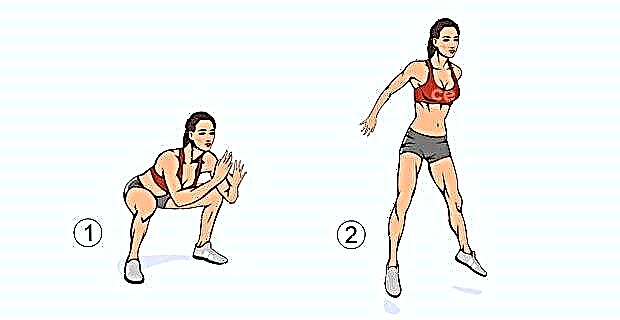
- Pull-ups on the horizontal bar - "pull" of your body to the crossbar due to the efforts of the biceps and latissimus dorsi. Whenever possible, children are encouraged to do the exercise at full amplitude to engage as many muscle fibers as possible, increase muscle strength, and strengthen ligaments and tendons. If it is impossible to perform, you can replace it with horizontal pull-ups or perform them with the help of adults.
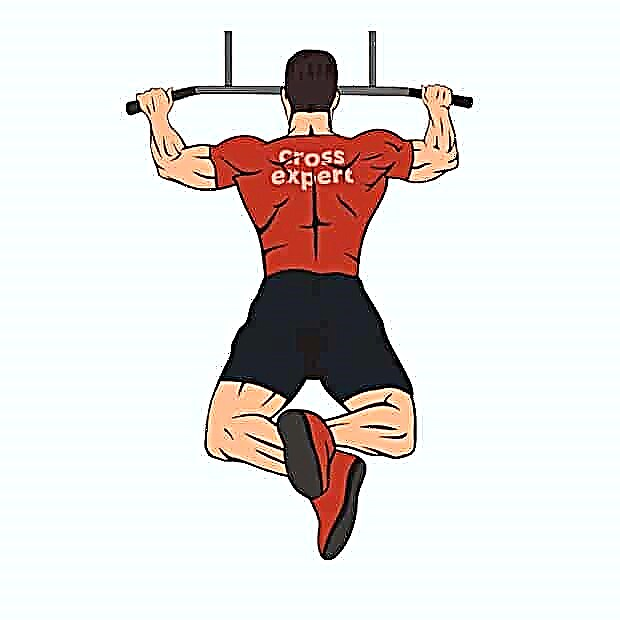
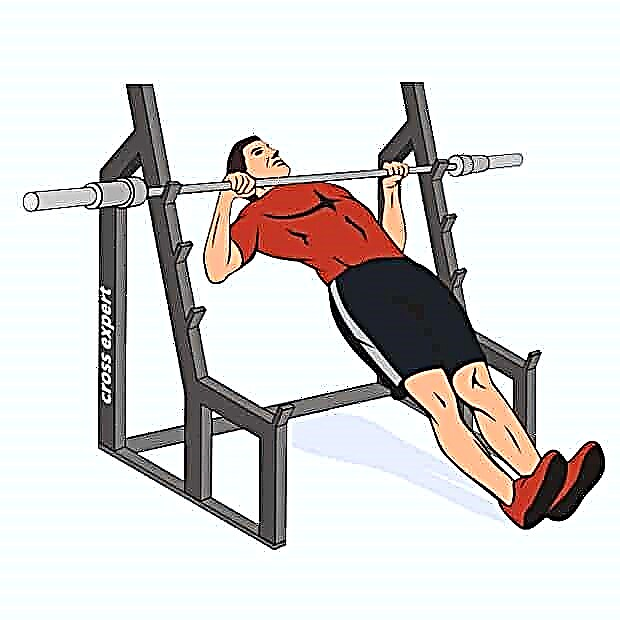
Exercises with sports equipment
- Rope climbing is an exercise that simultaneously develops endurance, coordination and hand strength. It is best to start training with the "3 steps" method.

- Throwing the ball at the target is an exercise that develops coordination, agility and accuracy. It is best to start with low throws, the goal should be indicated just above the level of the child's head. Do not start doing the exercise with a medicine ball, it is better to start with a regular ball.
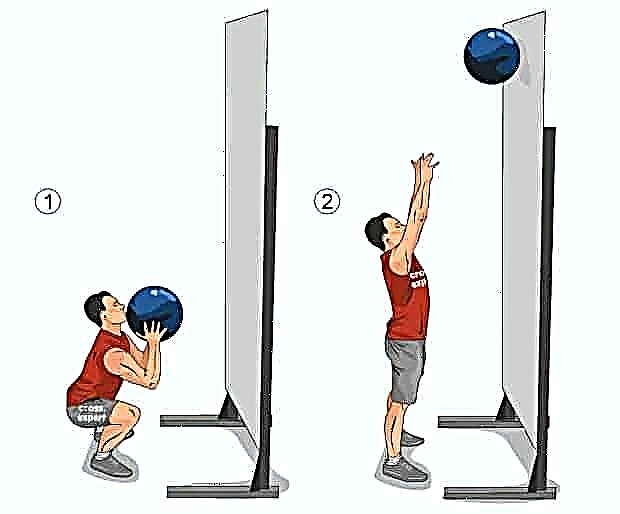
- Box jumping is an explosive exercise to increase leg strength. You should start with boxes of low height and be sure to take a completely vertical position at the top point - this way you minimize the axial load on the spine.
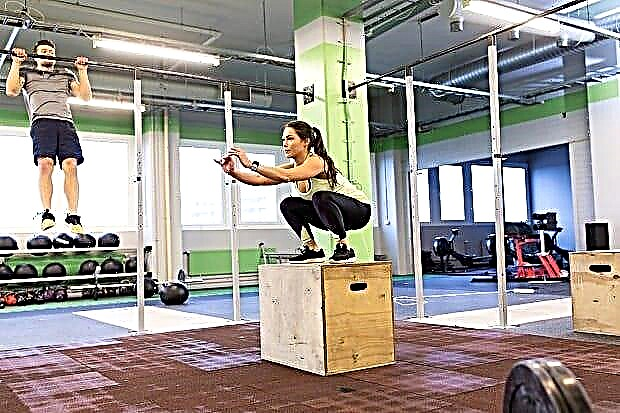
© Syda Productions - stock.adobe.com
Development of metabolic functionality
The following exercises will help develop endurance and metabolic function of the body:
- Rowing is an exercise that perfectly develops the strength endurance of almost all muscles in the torso. If your child's gym is equipped with a rowing machine, this exercise should be included in the training program. You should start with mastering the technique, you don't need to chase the speed of execution or the maximum distance traveled.

- Shuttle run is an exercise aimed at developing explosive leg strength. You should start with a low intensity, with each workout, gradually increasing the speed of the exercise and the number of approaches.
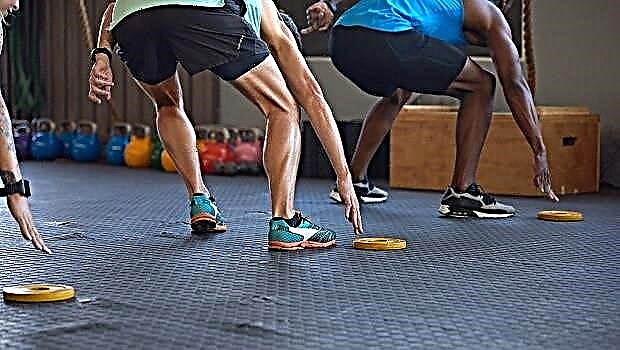
© Daxiao Productions - stock.adobe.com
- Jumping rope is an exercise that develops legs and coordination of movements. As a rule, children perceive this exercise as a game and quickly master double jumping rope and even triple jumps.
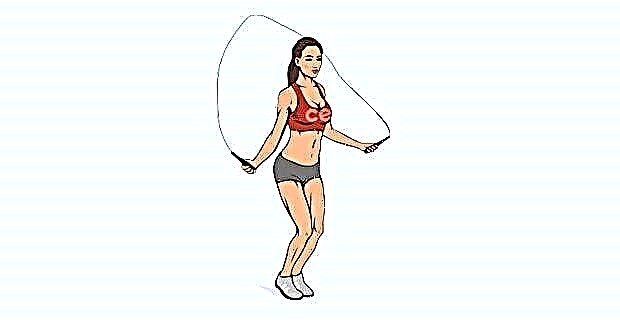
Crossfit complexes for children
| Jasmine | Do 10 push-ups, 10 pull-ups, and 10 bodyweight squats. 4 rounds in total. |
| North-South | Perform 10 burpees, 10 crunches, and 15 jump squats. Only 5 rounds. |
| Triple 9 | Perform 9 box hops, 9 handstand push-ups, and 9 shuttle runs. There are 3 rounds in total. |
Children's training program
CrossFit classes should be regular with a systematic increase in intensity and the introduction of new exercises into the program. The load must necessarily vary, it would be advisable to divide the workouts into lighter and heavier ones. You should not do more than three CrossFit workouts a week, as the children's body simply will not have time to recover.
For example, a crossfit program for children for a week may be of a similar nature:
| Workout number | Exercises |
| First workout of the week (easy): |
|
| Second workout of the week (hard): |
|
| Third workout of the week (easy): |
|
Overview of CrossFit Competitions for Kids
The most famous crossfit competition for children is the Race of Heroes. Children ”, designed for young athletes aged 7 to 14 years. Her compulsory program includes running, rope climbing, overcoming a vertical wall, imitation of barbed wire and many other obstacles that children really like to overcome. Competitors are divided into two groups: junior (7-11 years old) and senior (12-14 years old). A team of 10 people participates in the race. Each children's team is accompanied by a qualified adult instructor.
In September 2015, the GERAKLION crossfit club, together with the Reebok training in Moscow parks project, also held the first crossfit competition among children and adolescents. The following divisions were represented: the entry level and the prepared level (14-15 and 16-17 years old).
Many CrossFit clubs around the world have also made it a rule to hold children's competitions on par with adults. It should be said that children turn out to be no less gambling athletes and as eagerly strive for victory as their adult crossfit colleagues.
















